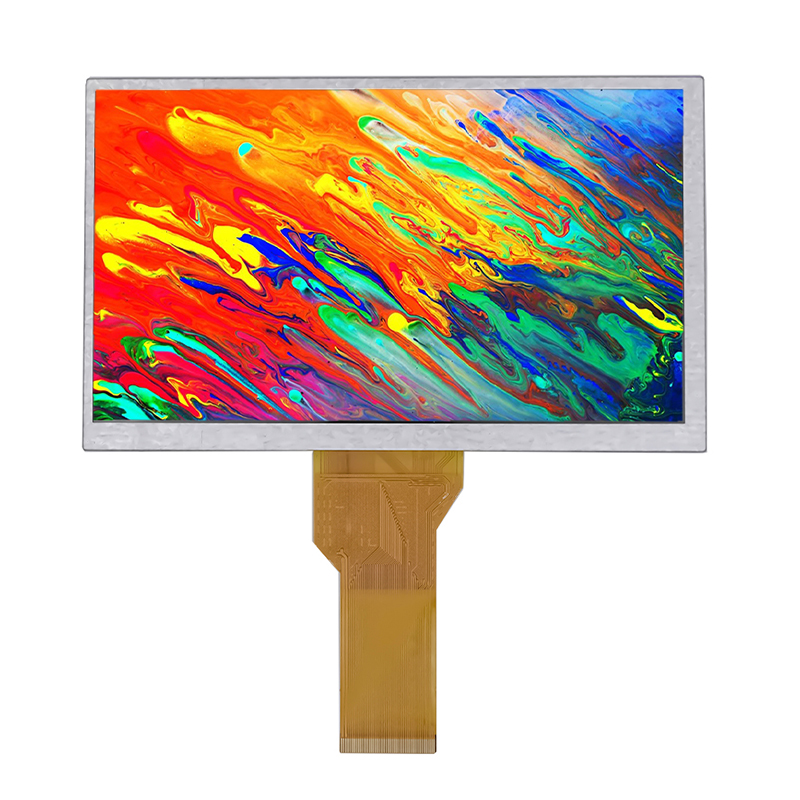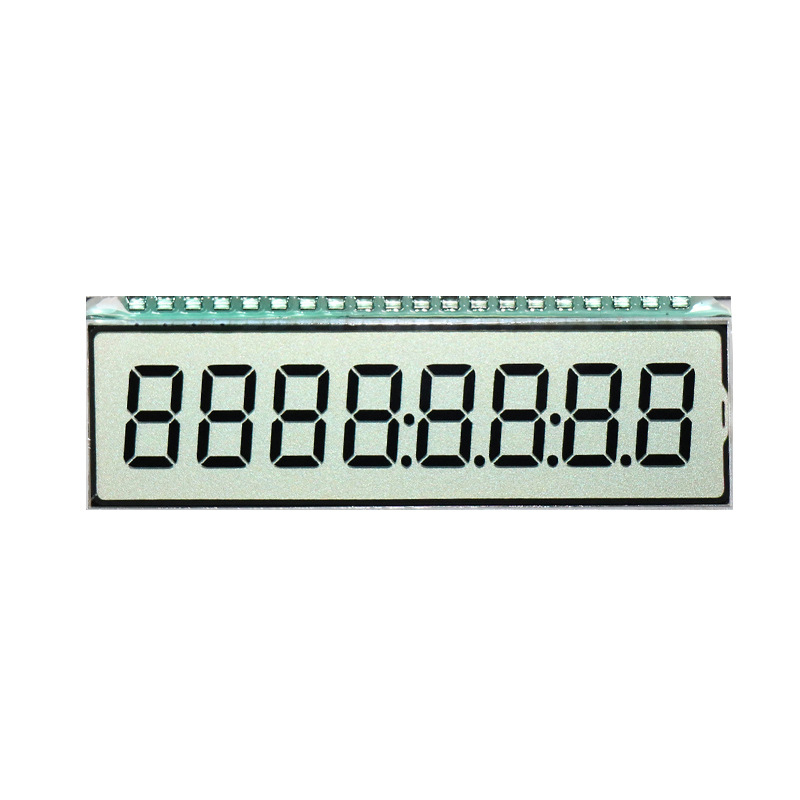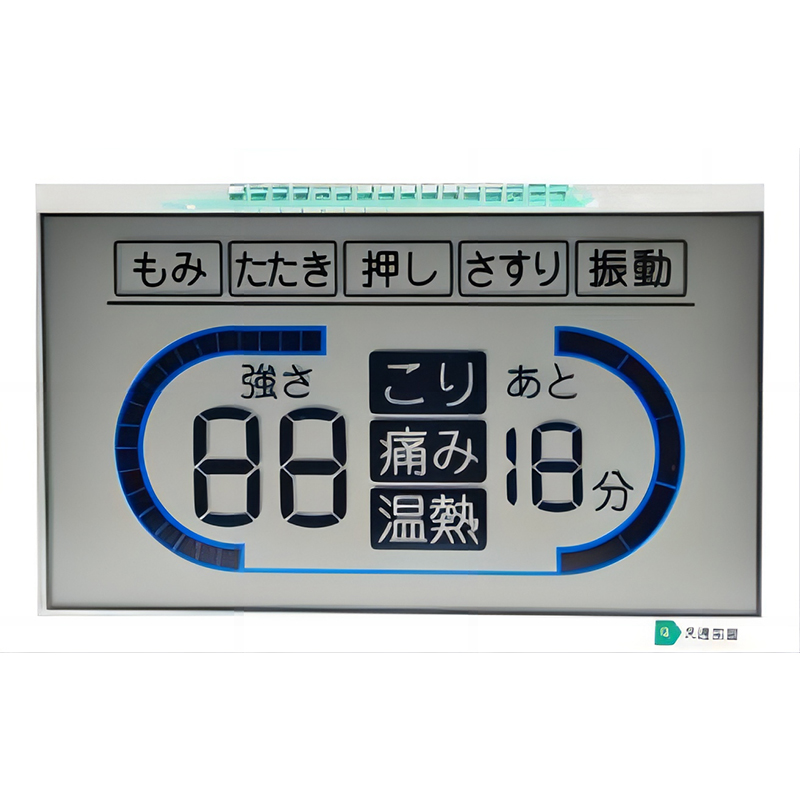
LED Backlit TFT Displays: A Comprehensive GuideThis guide provides a detailed overview of LED backlit TFT displays, covering their technology, applications, advantages, and considerations for selection. We'll explore different types, key specifications, and factors to consider when choosing the right display for your needs.
A LED backlit TFT display uses Liquid Crystal Display (LCD) technology, where liquid crystals are sandwiched between two polarizing filters and controlled by thin-film transistors (TFTs). Unlike older CCFL (cold cathode fluorescent lamp) backlights, these displays utilize Light Emitting Diodes (LEDs) as the backlighting source. This offers several significant advantages, including improved energy efficiency, enhanced color reproduction, better contrast ratios, and a thinner, lighter overall design. The LEDs themselves can be arranged in various configurations, influencing the display's performance and cost.
In edge-lit LED backlit TFT displays, LEDs are placed along one or more edges of the display panel. Light guides then distribute the light across the entire screen. This method is cost-effective and allows for slimmer designs, but can result in less uniform brightness, especially in larger displays. The light guide technology can also impact the final light output characteristics.
Direct-lit backlighting uses LEDs directly behind the LCD panel, often arranged in a grid pattern. This approach generally offers superior brightness uniformity and allows for local dimming, enhancing contrast and black levels significantly. However, direct-lit displays are typically thicker and more expensive than edge-lit versions. Many high-end LED backlit TFT displays utilize this technology.
Choosing the right LED backlit TFT display requires understanding several key specifications. These include:
| Specification | Description | Importance |
|---|---|---|
| Resolution | Number of pixels (e.g., 1920x1080, 4K) | Affects image sharpness and detail. |
| Brightness (cd/m2) | Light intensity of the display. | Impacts visibility in different lighting conditions. |
| Contrast Ratio | Difference between brightest white and darkest black. | Affects image depth and clarity. |
| Response Time (ms) | Time taken for pixels to change color. | Important for fast-moving images and video. |
| Viewing Angle | Range of angles at which the image remains clear. | Affects visibility from different positions. |
LED backlit TFT displays are widely used in a variety of applications, including:
The ideal LED backlit TFT display depends on your specific application and requirements. Factors to consider include budget, desired resolution, brightness needs, response time, viewing angle, and the type of backlighting (edge-lit vs. direct-lit). Consulting with a display specialist can help you make an informed decision. For high-quality LED backlit TFT displays and related products, consider exploring options from reputable manufacturers like Dalian Eastern Display Co., Ltd. They offer a wide range of solutions for various applications.
LED backlit TFT displays represent a significant advancement in display technology. Their energy efficiency, superior image quality, and versatility have led to their widespread adoption across numerous industries. Understanding the different types of backlighting, key specifications, and application requirements is crucial for selecting the optimal display for your specific needs.












